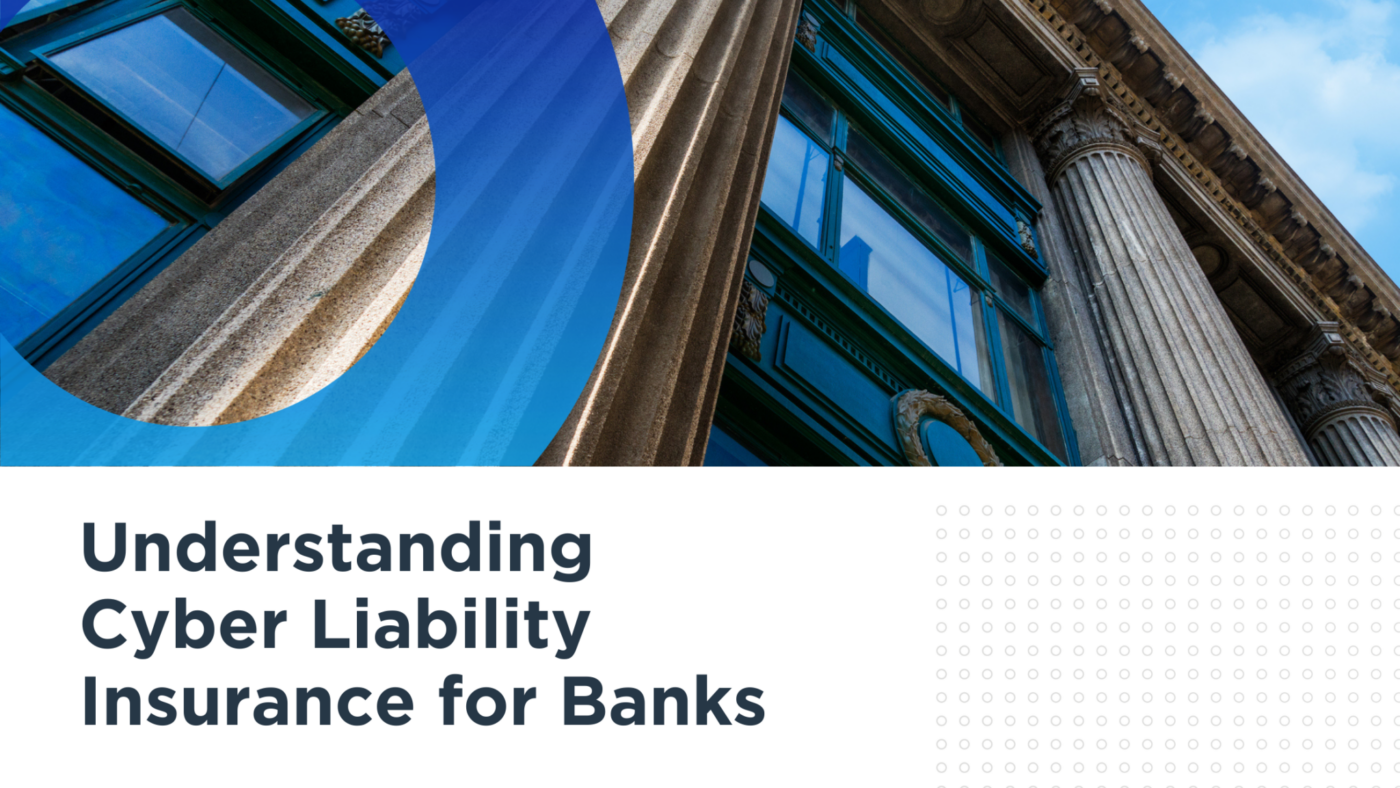Understanding Cyber Liability Insurance for Banks
Author: Debra McManigle
Table of Contents
The rapid evolution of cyberattacks – ranging from ransomware and phishing schemes to sophisticated data breaches – has elevated the importance of robust risk management strategies for financial institutions.
Among these, cyber liability insurance for banks emerges as a crucial safeguard to protect against operational, financial, and reputational damage.
Cyber liability insurance for banks is a specialized coverage designed to mitigate the financial and operational impacts of cyber-related incidents within the banking sector. This coverage addresses vulnerabilities that could compromise sensitive customer data and disrupt services.
While traditional liability policies may provide some protections, they often fall short of addressing the complex risks tied to cyber events, making this specialized insurance indispensable for banks.
Key Coverage Areas
Cyber liability insurance for banks include policies that account for the unique challenges of the financial sector. Comprehensive coverage typically includes:
- Data Breach Response
Costs associated with forensic investigation, breach notification, credit monitoring for affected customers, and regulatory compliance requirements. - Business Interruption
Coverage for financial losses stemming from system downtime or operational disruptions due to a cyberattack. Business Interruption may include that of a Third-Party Service Provider who has been impacted by a cyberattack. - Legal and Regulatory Defense
Protection against fines, penalties, and legal expenses related to non-compliance or lawsuits following a breach. - Fraud and Cyber Extortion
Safeguards against losses resulting from fraudulent electronic funds transfers or ransomware payments. - Third-Party Liability
Protection in the event a breach affects third parties, such as customers or vendors. - Reputation Management
Expenses tied to managing public relations and restoring trust after an incident.
Why Banks Are High-Value Targets
Banks are particularly attractive targets for cybercriminals due to their vast repositories of sensitive data, including personally identifiable information (PII) and financial transaction records. A successful breach can yield significant financial rewards for attackers, making proactive measures essential.
Additionally, the regulatory environment for financial institutions is stringent, with requirements like the Gramm-Leach-Bliley Act (GLBA) and Payment Card Industry Data Security Standard (PCI DSS) mandating robust data protection and reporting protocols. Failing to comply with these regulations can amplify the financial and reputational impact of a cyber event.
The Role of Cyber Liability for Banks in Risk Mitigation
While investments in cybersecurity infrastructure are critical, even the most advanced defenses cannot guarantee complete immunity from attacks. Cyber liability insurance for banks acts as a safety net, enabling financial institutions to recover quickly and minimize long-term damage.
The right policy complements existing cybersecurity measures and ensures compliance with regulatory mandates. It also reassures customers and stakeholders that the bank is committed to maintaining the highest standards of security and accountability.
Selecting the Right Cyber Liability Insurance Policy
Given the complexity of cyber risks, selecting a tailored insurance policy is paramount. Banks should collaborate with providers that specialize in institutional coverages and understand the nuances of the financial sector. Key considerations include:
- Policy Limits and Exclusions
Ensuring the coverage aligns with the scale of the bank’s operations and risk profile. - Claims Handling Expertise
Working with insurers experienced in managing high-stakes cyber claims. - Integration with Cybersecurity Strategy
Aligning insurance coverage with existing risk management practices for seamless protection.
Conclusion
Cyber liability insurance for banks is no longer optional for institutions navigating the digital-first financial ecosystem. As threats grow more sophisticated, having a comprehensive policy tailored to the unique needs of the financial sector is a cornerstone of resilience. By integrating this coverage into a broader risk management framework, banks can safeguard their assets, maintain regulatory compliance, and preserve trust in an increasingly complex cyber landscape.
About the Author
Debra McManigle
Senior Vice President

Debra has over 20 years in the insurance and financial institution industry. Debra joined HUB International on September 5, 2000 and manages the Financial Institution Bond and Directors and Officers Liability insurance programs as well as Security Training and Review for existing and prospective clients.
Mobile: 847-420-9136
debra.mcmanigle@hubinternational.com

Frequently Asked Questions (FAQs) about Cyber Liability Insurance for Banks
What is cyber liability insurance for banks?
Cyber liability insurance for banks is specialized coverage designed to mitigate the financial and operational impacts of cyber-related incidents within the banking sector. It addresses vulnerabilities that could compromise sensitive customer data and disrupt services, offering protection beyond what traditional liability policies provide.
Why do banks need cyber liability insurance?
Banks are high-value targets for cybercriminals due to their vast repositories of sensitive data, including personally identifiable information (PII) and financial transaction records. A successful breach can lead to significant financial losses and reputational damage. Cyber liability insurance helps banks manage these risks and ensures compliance with stringent regulatory requirements.
What does cyber liability insurance typically cover for banks?
Comprehensive cyber liability insurance policies for banks usually include coverage for:
Data Breach Response: Costs related to forensic investigations, breach notifications, credit monitoring for affected customers, and regulatory compliance.
Business Interruption: Financial losses from system downtime or operational disruptions due to a cyberattack, including impacts on third-party service providers.
Legal and Regulatory Defense: Protection against fines, penalties, and legal expenses following a breach.
Fraud and Cyber Extortion: Coverage for losses from fraudulent electronic funds transfers or ransomware payments.
Third-Party Liability: Protection if a breach affects third parties, such as customers or vendors.
Reputation Management: Expenses for managing public relations and restoring trust after an incident.
How does cyber liability insurance complement a bank’s existing cybersecurity measures?
While robust cybersecurity infrastructure is essential, it cannot guarantee complete immunity from attacks. Cyber liability insurance acts as a safety net, enabling banks to recover quickly and minimize long-term damage from cyber incidents. It complements existing security measures by providing financial support and resources necessary for effective incident response and compliance with regulatory mandates.
What should banks consider when selecting a cyber liability insurance policy?
When choosing a cyber liability insurance policy, banks should consider:
Policy Limits and Exclusions: Ensuring coverage aligns with the bank’s operational scale and risk profile.
Claims Handling Expertise: Partnering with insurers experienced in managing high-stakes cyber claims.
Integration with Cybersecurity Strategy: Aligning insurance coverage with existing risk management practices for seamless protection.
